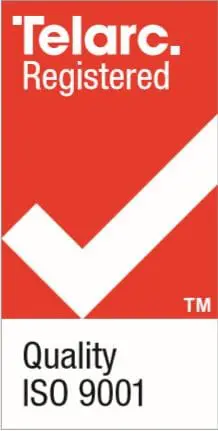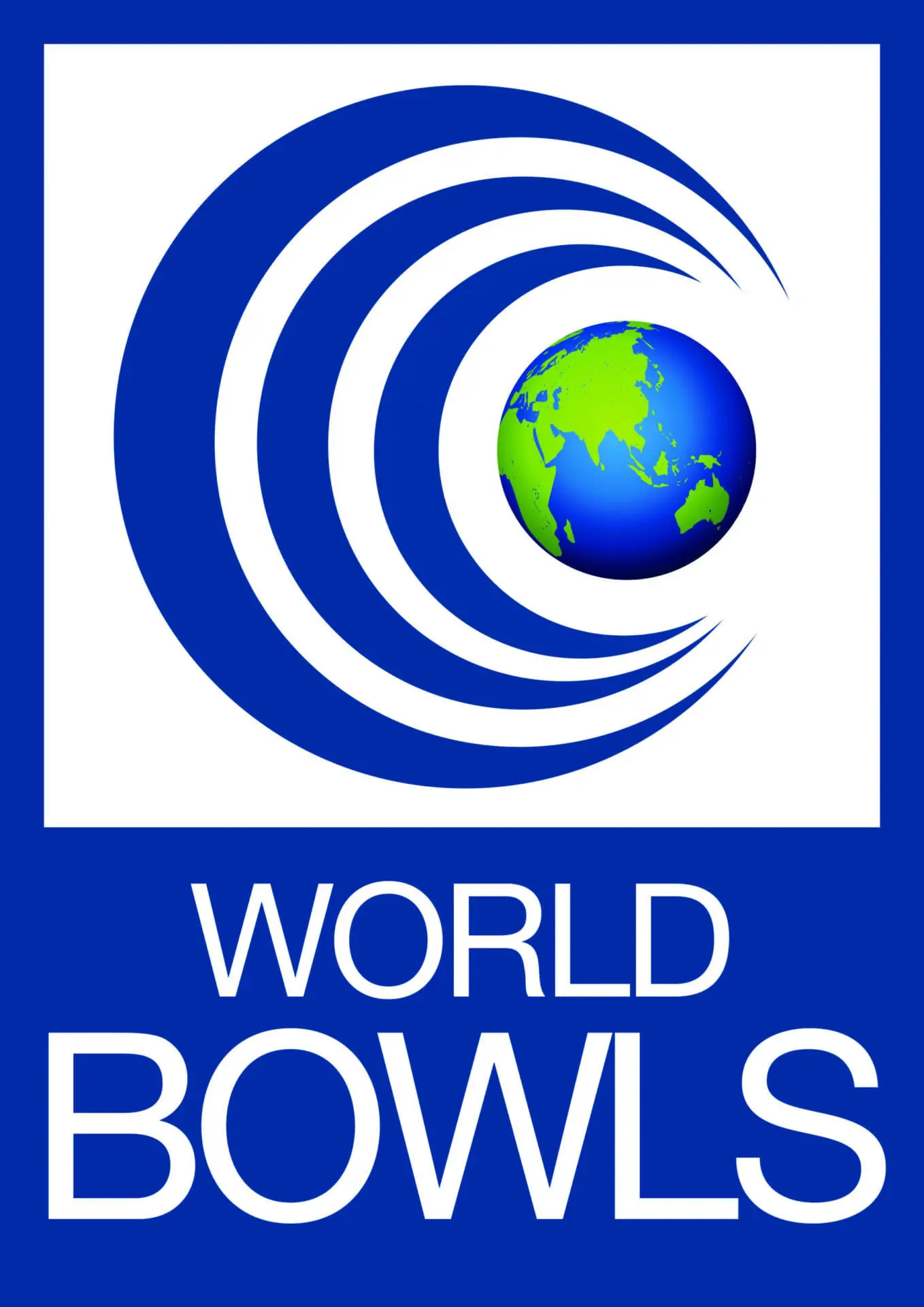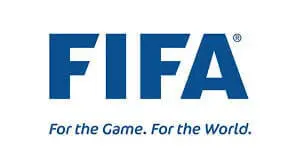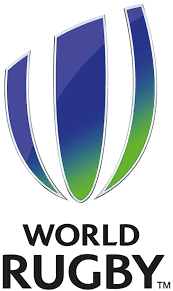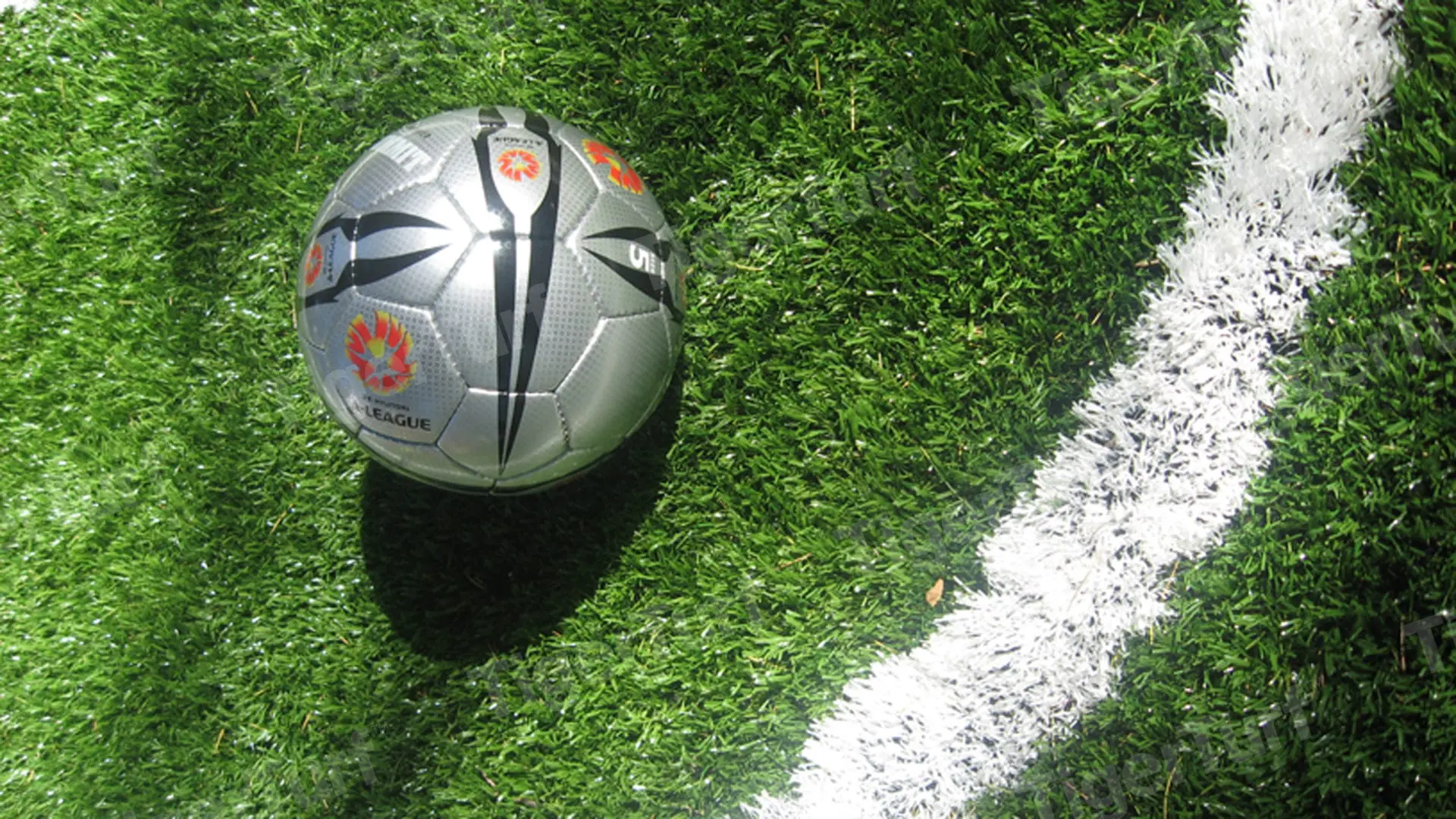
Artificial grass pitches for professional football matches? A topic hotly debated by fans of artificial turf pitches and those passionate, increasingly nostalgic, fans of natural grass pitches.
So what are the pros and cons of natural vs. synthetic football pitches? Have synthetic turfs brought benefits to football beyond those of a natural grass pitch? You may well have strong feelings about 3G pitches, one way or another, and both sides of the argument present some valid points. Let’s take a closer look at the pros and cons of natural pitch versus an artificial football pitch.
Natural grass football pitches: what we love about them
Professional players generally argue the merits of natural grass football pitches over synthetic turf in terms of performance characteristics: ball roll, bounce, and player experience. The natural surfacing is, of course, the traditional specification for pitches used in competitive football leagues.
We’ve even heard that some supporters of natural grass pitches say that the synthetic grass football turfs cause more injuries to players and can hold potentially dangerous bacteria within the artificial fibres. If you have some facts to back up these suggestions, we’re listening. Your comments are welcomed and will be followed up.
Congo Brazzaville coach, Claude Le Roy, expressed concerns over the playability of synthetic turf after his team had earlier been defeated 2-0 by Bafana; he felt his side was disadvantaged by playing on the synthetic grass pitch, being used to the playing qualities of a natural grass pitch.
Natural grass football fields: what we don’t like so much
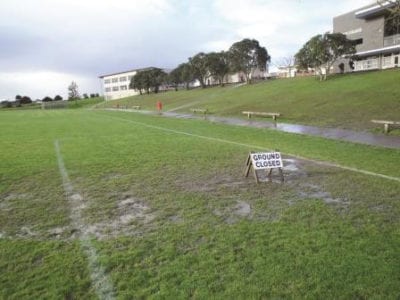 Mud, dust, bare patches and the time (money) spent on maintaining a natural grass football pitch at the level required to give players and spectators an enjoyable game. Enough said. It seems that practical, everyday reasons are generally the deciders for most clubs. Despite our emotional and reasoned attachment to natural grass football fields, it is now true that recent innovations in artificial grass football fields have led to these becoming much more popular than previously. Let’s look at why this might be so.
Mud, dust, bare patches and the time (money) spent on maintaining a natural grass football pitch at the level required to give players and spectators an enjoyable game. Enough said. It seems that practical, everyday reasons are generally the deciders for most clubs. Despite our emotional and reasoned attachment to natural grass football fields, it is now true that recent innovations in artificial grass football fields have led to these becoming much more popular than previously. Let’s look at why this might be so.
Artificial football turfs: the real story
Although some players prefer the performance characteristics of natural grass and regard it as the superior surface, many clubs and teams choose to have 3G football pitches installed. Today’s advanced synthetic football surface has been designed to reproduce the playing qualities of natural grass, so the effect on performance should be minimal as long as the pitch surface system is installed and maintained correctly.
The fibres used in TigerTurf football surfaces are soft, non-abrasive fibres that are long enough and strong enough to hold the ball. The texture allows the player to carry out sliding tackles and other skills safely, controlling ball roll and bounce as does natural grass, only more consistently. Our specialised football turfs have been well tested to meet FIFA international standards.
Besides, standing on the side-line of a grass field, ankle-deep in mud, cheering on players who are skidding and sliding in soggy conditions is only fun when filtered through the mists of nostalgia.
Synthetic football pitches overcome difficult climatic conditions
Artificial pitches play safely and consistently in just about any weather conditions. If you live with dry conditions, you’ll know all about hard, dusty, dry football surfaces that break up, making play erratic and injuries inevitable. Irrigating is expensive and often just not possible, depending on the availability of water.
On the other hand, if you live with a wet climate, your club or school will want to find out more about synthetic grass football surfaces. With a porous surface system that allows rainwater to drain away quickly in wet weather, these synthetic turfs will solve several problems for you. Installing effective drainage when football turfs are installed can turn the soggiest sports grounds into useable sports facilities. When space has to be found for more sports fields, an artificial sports turf, expertly installed, can turn the unlikeliest piece of ground into a useful asset that can also be hired out to other groups, contributing to your club’s finances.
Synthetic grass fields stay open throughout the football season, even in wet areas, giving teams consistent playing conditions whatever the weather, game after game, week after week, and for all the practices in between. And that’s going to keep your team’s performance sharp!
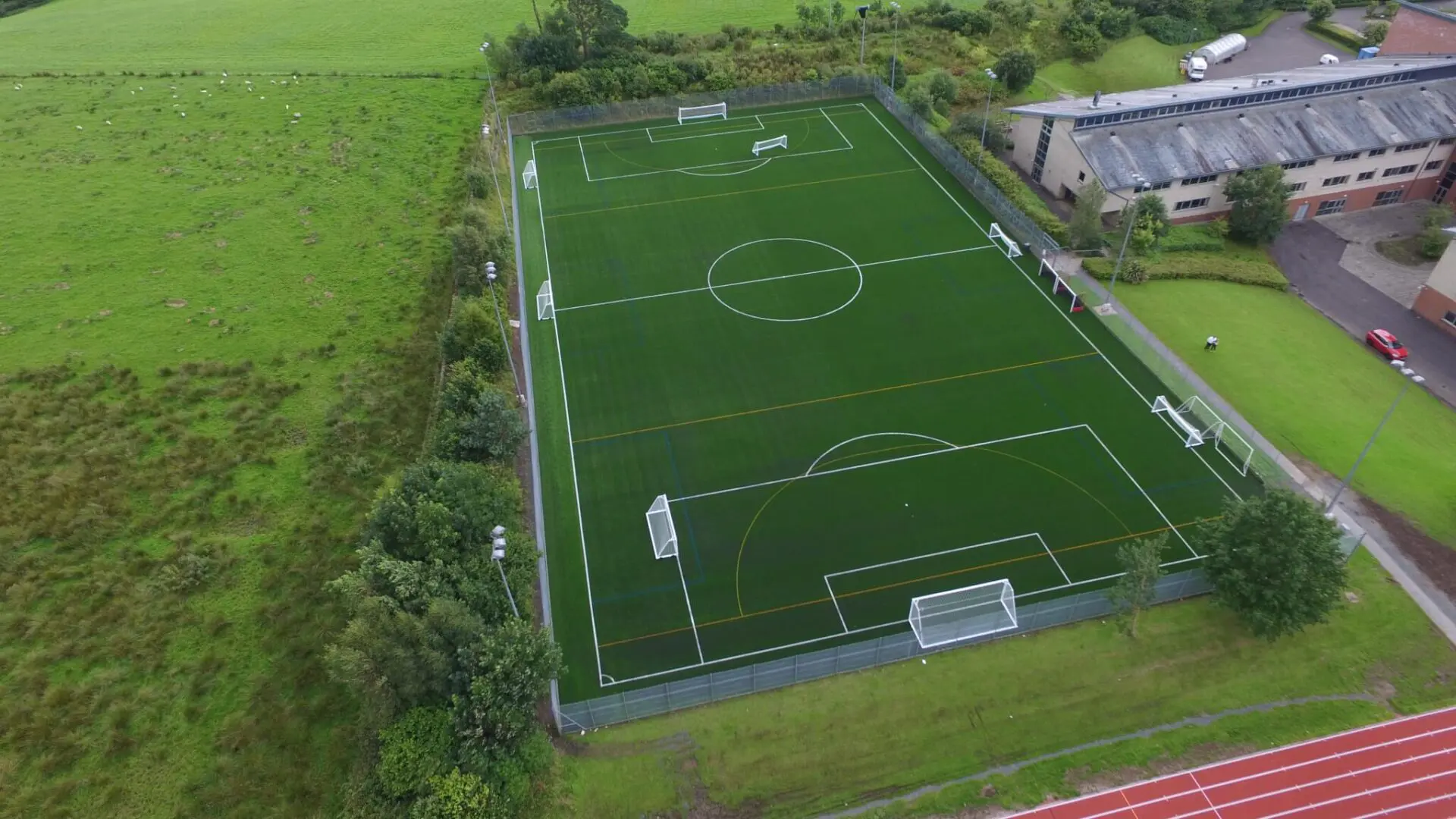
Artificial grass football fields are low maintenance and more durable than grass
Football clubs, schools, and councils with a tight budget will appreciate the benefits of installing a modern, technical football surface: low maintenance, durable, dependable, environmentally sound and good looking too.
As our populations increase, more people are playing football, leading to intensive use of the existing football facilities. On a natural football field, this increases maintenance costs and the pitch inevitably suffers from the extended playing time as summer tournaments succeed the winter competitions.
Artificial grass is more durable; while still retaining the look and playing characteristics of natural turf, it stands up to continuous use, enabling clubs to cover the initial cost of installing a high-performance synthetic football turf by enlisting more players, and by renting the facility out to other teams and organisations.
Safety of players on synthetic turf
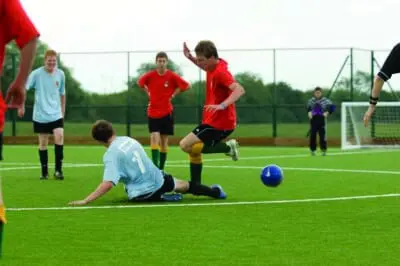
Synthetic football surfaces have been designed to improve the safety of players and cut down injuries that keep you off the turf. The even surface maintains its integrity, and without ruts and bumps, you’re not going to take so many tumbles and stumbles. You’re also less likely to slip and skid, avoiding the pulled muscles and ripped tendons that keep you out of play.
Shock pads can be installed beneath the turf surface to reduce impact injuries and long-term damage to joints, good news for players who play for fun and fitness into (and beyond) middle age.
On technical synthetic sports surfaces, players enjoy consistent playing conditions through drought or rain, noon or night-time on a surface that closely replicates the playing conditions of a well-maintained natural turf. Unfortunately, natural turfs rarely do the same. By their very nature, they are variable throughout the day and the seasons, as you’ll know only too well.
Versatile sports surfaces
Yet another point in favour of artificial football turfs is that some of these are designed to accommodate more than one sport. Of course, a natural turf can do the same, but then there is the task of marking it for each sport…
A modern turf can be permanently marked for 3 or 4 sports, which gives you flexibility in planning how to use the space you have available and adds versatility and value to your sports facility without blowing your budget.
Conclusion
You may feel strongly that your team plays better on natural grass. This may well be true, particularly for teams who practice on natural grass. However, it will, of course, only be true of a top-quality pitch. If we consider additional factors such as climatic challenges and the cost of maintaining these pitches at peak condition, they do become unsustainable in the face of the heavy demand placed on most football facilities these days.
